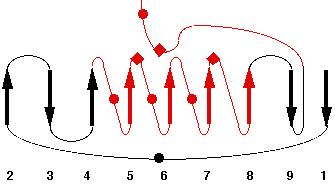4ZGB
Name : Structure of untreated lipase from Thermomyces lanuginosa at 2.3 A resolution
Revelation date : 06-May-2015
Family : Lipase_3
Gene_locus : humla-1lipa
PDB file : ESTHER: header of PDB entry RCSB: Full entry
Comment
Kumar, M., Mukherjee, J., Gupta, M.N., Sinha, M., Kaur, P., Sharma, S., Singh, T.P.
Ligand :
References (1)
| Title : Enhancement of stability of a lipase by subjecting to three phase partitioning (TPP): structures of native and TPP-treated lipase from Thermomyces lanuginosa - Kumar_2015_Sustain.Chem.Process_3_14 |
| Author(s) : Kumar M , Mukherjee J , Sinha M , Kaur P , Sharma S , Singh TP , Gupta MN |
| Ref : Sustain Chem Process , 3 :14 , 2017 |
| Abstract : Kumar_2015_Sustain.Chem.Process_3_14 |
| ESTHER : Kumar_2015_Sustain.Chem.Process_3_14 |
| PubMedSearch : Kumar_2015_Sustain.Chem.Process_3_14 |
| PubMedID: |
| Gene_locus related to this paper: humla-1lipa |
Representative scheme of Prolylcarboxypeptidase structure and an image from PDBsum server

